|
The more things change, the more they stay the same. Do we choose to embrace change and the opportunities that come with it or do we resist and defiantly continue to do things as we have always done? The former invites possibility and risk while the latter invokes predictability and comfort. It is human nature to seek control and consistency, at least to some degree. It is also part of the human condition to desire growth and movement, at least to some extent. It is often argued that this was necessary for our survival as a species. Consider the power of cooking with fire (or electricity); to remove disease and bacteria, to enhance flavour, to alter texture. Consider the transformation that occurred when nomads settled and tamed the fauna and flora around them; no longer needing to travel into unknown territories to secure food and water. Look at how far we have come: from hunting and gathering to growing and rearing, from trading and buying to discovering and engineering. Where to next? Picture this. If we were to continue on our current trajectory – of complex food supply mechanisms, of placing strain on food chains, and of an uneven distribution of food surplus and shortage in various parts of the world – where would we be in a decade from now? What could be the future consequences of past causes and current conditions? What would be the impact on our people, planet, profit, power, and processes? Let us unpack each of these. First, people. Here’s some food for thought. Yes, food sustains us in its material form and in the literal sense, but it is also imbued with symbolic importance. Food can connect us to people and places through ritual, belief, and knowledge. Beyond its capacity to provide us with nutrients and indulgence, it is a source of creativity and expression. Food can be a form of differentiation as well as a means of bringing people together. Much of our modern life depends on food. Some of the biggest concerns that plague us are about food: whether we have too little or too much of it, and how our consumption impacts beauty, aging, and hunger. We entangle food with identity, belonging, responsibility, memory, inspiration, and so many other facets of what makes us human. What would be the social impact of a food chain break down? Second, planet. The Earth gives and it takes away. Ranging from abundance to scarcity, from diversity to homogeneity. Our relationship with the environment is a constant push and pull, give and take. It is no secret that climate change is upon us and that we play a role in it. How long have we explored and exploited what nature provides? How many ways have we tamed land, air, sea, and everything in between? We draw lines between public and private spaces, between rural and urban settlements, and between nation and neighbour. We cycle from birth, growth, life, decline, and death. What happens if we break the chains? What would be the environmental impact of a food chain break down? Third, profit. Perhaps another domestication is that of value. We trade, exchange, and purchase items and services of value. Time is money; both of which can be saved, spent, and wasted. As people settled into villages, towns, and cities, there was a shift from agrarian practices for local subsistence purposes to large-scale farming for profit. No longer needing to simply feed your immediate family, but transporting food across vast distances to generate an income. Markets have become intricate in their workings; whether formal industries or informal economies. These are complex food ecosystems; entangled and emergent. Individuals, communities, businesses, and nations have responded to food trends in diverse ways. Fairness seems to be the dominant narrative of our times; treating animals with kindness, food labourers with dignity, and respecting the food itself. With the rise and fall of poverty and affluence, how do we ensure accessibility and affordability of food across time and space? What would be the economic impact of a food chain break down? Fourth, power. Perpetual globalisation is met with countering trends of localism and individualisation. Regardless of who we are, we all seek some form of control when it comes to our food; self-sufficiency in sustaining our food intake, long-term and reliable food security, and self-sovereignty over our food-related decisions. How do we counterbalance uneven power distributions over the regulation of food? Wherein do we find justice for the starving and the marginalised? Do we go off-grid and ensure our own survival, or do we trust in and rely on those in power to protect our food chains? What would be the political impact of a food chain break down? Finally, processes. Not only do our food chains face fragmentation, so too do our supply chains. Industrialisation has driven our need for speed and scale. The rate at which technology is advancing will surely revolutionise our food experiences several times over. We have innovated in ways that would be near impossible to fathom only a few decades ago. How does one begin to explain renewable energy in farming, 3D printed food in restaurants, futuristic kitchens blurring the lines between human and technology, or even the idea of a zero-waste lifestyle? What would be the technological impact of a food chain break down? One can imagine that at the initial point of impact – or rather our first realisation that the food chain has broken down – would be met with attempts to prevent further deterioration within, in relation to, and outside of the food chain. Essential food services would be of top priority, followed by the improvement of supporting services. As the dust settles and we find our footing again in the aftermath of a post-normal world, we would then reflect on what was, observe what is, and imagine what could be. However, there is no need to wait for such an occurrence to happen. We can get ahead of the curve by looking for wild fluctuations in the behaviour and interactions of our food system’s variables. We can draw inspiration from similar wildcards. After all, history does not repeat itself, but it rhymes, it is said. What sustains a food chain and what causes it to break down? We have much to gain from change – more to lose if things stay the same, but even more to learn along the way. Originally posted on APF
0 Comments
“Things fall apart, the centre cannot hold; mere anarchy is loosed upon the world.” So wrote William Butler Yeats in his poem The Second Coming. It is the idea that the very foundation on which our world is built is collapsing. There is a systemic unravelling. This inspired the title of a book by Nigerian author Chinua Achebe: Things Fall Apart. The story is set in a moment of rupture; the introduction of British imperialism to a traditional Nigerian community. It was a time in which change and continuation were in conflict. Should the old give way to the new? Some embraced change while others resisted. Does the opportunity of new extinguish the value of old? Significantly, the author raises concern for the need for mastery of traditional methods of farming. Do they have a place in this modern world of machine, malice and mass-production? We too are on the edge of chaos. Life as we know it hangs in the balance. Some claim that humanity is on the brink of collapse. Others reckon that our current way of life will disappear and be replaced by something drastically different. In complex systems, cause and effect are not linear, static, nor simple. Any ecosystem is an intricate network of actors, interactions and environment. Similarly, the food chain is a web of interdependence. A food chain connects all living things within a given environment based on their dependence on one another to grow and function. While co-existence may seem ideal, it is competition that is the driver of evolution and innovation. Much of the world is based on this principle. It is the top-down pressures of predators, and bottom-up limitations of prey – not just in the animal kingdom, but in our own – that sustains us and keeps us moving forward. In theory, evolution either creates or destroys species. It is more than ‘eat or be eaten’. Those that prove weaker either become extinct or they adapt in order to survive. Are we prepared to change our ways to avoid a breakdown in the food chain or will we be our own demise? In our striving for ‘better, faster, more’ we have forged a double-edged sword. In our endeavours to eliminate disease, we create it. In our attempts to avoid threats, we generate them. What if we adopted instead a more inclusive, regenerative, circular economy? One in which we sever the ties between human progress and our consumption of finite resources. Could we shift the chain reaction already in play? Our food supply chains are under threat by the over-complexification of the food industry and an over-simplification of our understanding of cause-and-effect; generating a constellation of problems. On the one hand are forces that reduce the supply of food. On the other hand, are forces that increase the demand thereof. Naturally occurring factors include: water shortages, soil erosion, and extreme climate phenomena, amongst others. Human causation comes in the form of population growth, diet change, rising prices, and others. Forces of nature and human action are not mutually exclusive. Our behaviour – whether accidental, neglectful, or intentional – interacts with the environment in which it occurs. We find ourselves in the Anthropocene; the human epoch. It is an era of human-influenced disruption. We have the power to light a spark, fuel the fire, engulf the world in flame, extinguish the embers, and regenerate life from the ashes. We hold the power to prevent, solve, or accelerate the food crisis. What will we choose to do? Experts anticipate a global disaster by 2030 owing to the confluence of three significant shortages: food, energy, and water. Specifically, what caused the looming food crisis? What are the underlying drivers of change? Why and how are things changing? Here is a basic example of cause and effect in the food chain: the death and disappearance of bees. Not only do bees extract pollen to produce honey, plants rely on pollination in order to form seeds and fruit. Something as simple as the decline of the humble honey bee has resulted in a potentially catastrophic imbalance. Despite bee colonies collapsing and a reduction in pollinating capacity, there is a rise in demand for pollinator-dependent crops. Without bees, how would we ensure food security? How would ecosystems maintain their diversity? What would that world look like? We can trace current conditions back to several sources. If we consider cause and effect in the social realm: regions in which women are disempowered often see a rise in population growth as they lack the agency to make their own decisions and to make more informed choices. An increase in demand beyond the potential of food supply creates an imbalance in the food chain. In the technological realm we see emerging innovations that could transform the ways in which we extract, produce, distribute, consume, and dispose of food. However, these are not accessible to all. So-called developing nations struggle to escape the established linear model of ‘take, make, waste’. This leaves the globalised food industry largely stuck and skewed. In the economic realm we see that a rise in affluence often results in a change in diet. The wealthier one becomes, the more meat is consumed. If not meat, the more organic, healthy, and expensive one’s diet usually becomes. How do we ensure equity and fairness in access to quality food when poverty persists? If populations become more economically empowered, how do we reduce the harmful impact of meat production on the natural world? What could be the impact of a vegetarian movement? What of a vegan revolution? In the environmental realm the exploration and exploitation of natural resources for food gains tend to depend on unsustainable methods. How do we begin to restore resource abundance, reduce scarcity, and protect genetic diversity? In the political realm the uneven distribution of power in international relations has at times created marginalisation and mismanagement in the food world. How do we reconcile a problematic past as we look forward to a more fruitful future?
Originally published on APF
For those born in the ‘90s, many would have first been introduced to the concept of a food chain through Disney’s The Lion King. The opening track – The Circle of Life – illustrates the cyclical nature of energy; what is taken from the earth is returned, and what dies gives life to another. Such is the food chain: a network of links between producers, consumers, and decomposers. Similarly, food-supply systems trace the connections between production, distribution, and consumption. It is this system that supports the continuation of humanity. A weak link in the chain could have disastrous effects. Look at what happens when the military uses food as a weapon of war; cutting off enemy supplies and deliberately destroying their livelihoods. Look at the impact of war-time food-shortage on pregnant women. How their children developed eating disorders or became obese as a biological reaction to previous starvation and mental preparation for potential future scarcity. Some might say that our problematic relationship with food emerged with the introduction of industrialisation. Several decades since the invention of the steam engine, a theory was introduced that proposed an imminent catastrophe. The idea was that exponential population growth combined with a linear food supply would result in famine or war. As technology advances, resources would increase and the standard of living would improve. This would then trigger, enable and support population growth. If the number of people outnumber the available resources: chaos. This, however, has not happened. Will innovations in food technology match the rate of population growth? Could this minimise the risk of such a crisis? Or will the perpetual presence of poverty and pollution be our downfall? The first industrial revolution saw a shift from an agrarian way of life to a mechanised system of manufacturing, the second brought about mass production and a dependence on electricity, the third was characterised by automation and globalised production networks, and the fourth industrial revolution is digitising value chains. The industrialisation of agriculture meant that farming was no longer done for small-scale, localised sustenance, but became a global, profit-driven industry. Genetic modifications have led to mutations, pesticides have contributed to the evolution of super-viruses, and urbanisation has reduced arable land and escalated climate instability. The industrialisation of food has resulted in an over-reliance on a limited range of crops and has reduced a natural diversity that would usually protect us from plagues and pandemics. What’s next? Several nations are currently in a comfort zone where food is an expected constant and individuals are entitled to a range of choices. This exploitative relationship with food is not sustainable. We saw how, when the health crisis of 2020 was made public, many flocked to the shops to stock up on supplies. We panic and extract, rather than consider the long-term implications of our actions or how it would affect those around us who depend on the very same resources. Imagine, for a moment, that you are camping in a remote, isolated area for the next month, and you suddenly realise that you have forgotten to bring any food; a foundational, physiological need for survival. It is too far for you to safely travel to the nearest town, and it is too long before someone comes back for you. What do you do? Like most nomadic communities who live off the land. You would likely focus your time and energy on securing a stable food supply. It would not make sense to deplete the resources nearest you within the first week if you are intending to survive beyond that. You would need to consider hunting, gathering, growing, and rearing. Your decisions would need to be calculated and consider a time and space beyond the here and now. The question we should be asking ourselves today is: what happens if there is a significant breakdown in the food chain? This wildcard event may have a low likelihood of occurring in our lifetime, but would have a high impact if it were to play out. It is entirely plausible for something like this to happen. Whether humanity causes its own demise through over-consumption, or if it is through natural disaster that food sources are destroyed, we need to relook our relationship with food and the processes that underpin the supply and demand thereof. How do contemporary social issues intersect with the symbolic importance of food? What impact does technological innovation have on food production? How do the dynamics of poverty and inequality shape consumption patterns? What is the relationship between food diversity and sustainability? How could regulation and control lead to food instability? These are some of the things we need to consider in our food policies and practices going forward. How do we even begin to combat an emerging food crisis? Well, for starters, “you should never take more than you give”, as the song goes. We need to address supply and demand imbalances at their source, before they get completely out of hand. We have a decision to make: do we eradicate particular practices or do we contain the accessibility of resources? Do we prevent further destruction or do we restore what once was? What is the source of the problem, anyway? No wild card event occurs in isolation. It is a confluence of issues. Everything is connected. It is for this reason that complex systems can be quite fragile; vulnerable to even the smallest disturbance that plays out in often unexpected or exaggerated ways. A disruption in the food chain can lead to a chain reaction of events. The possibility of a food crisis has been a long time coming. The impact of such could take years or even decades to be fully realised. We do not have the luxury of time on our side – if anything, we have been given early warning signals of the coming change and should act now to prevent possible collapse. First published on APF
|
MARGUERITE COETZEE
ANTHROPOLOGIST | ARTIST | FUTURIST CATEGORIES
All
|
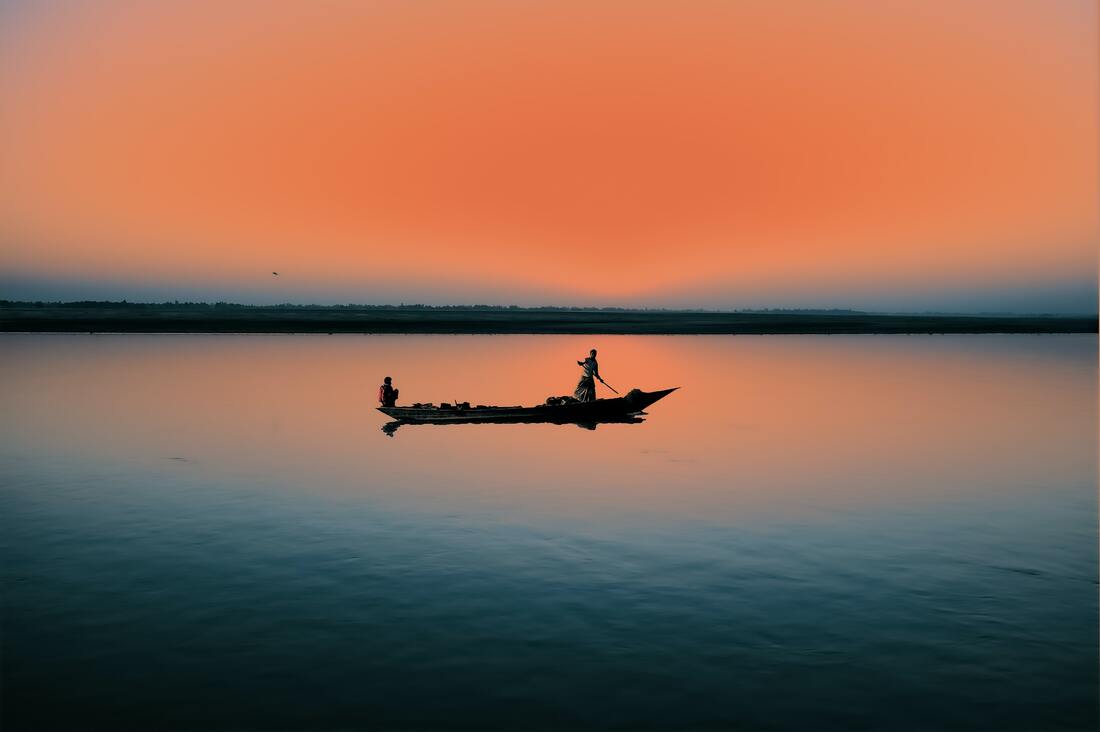
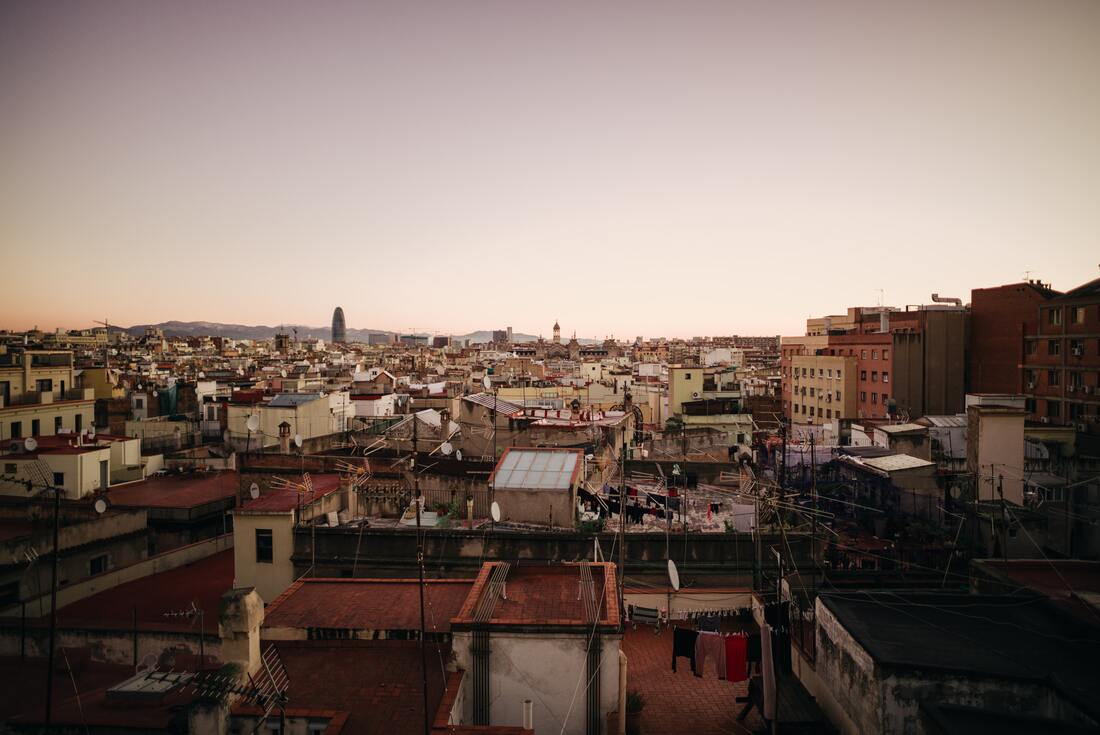
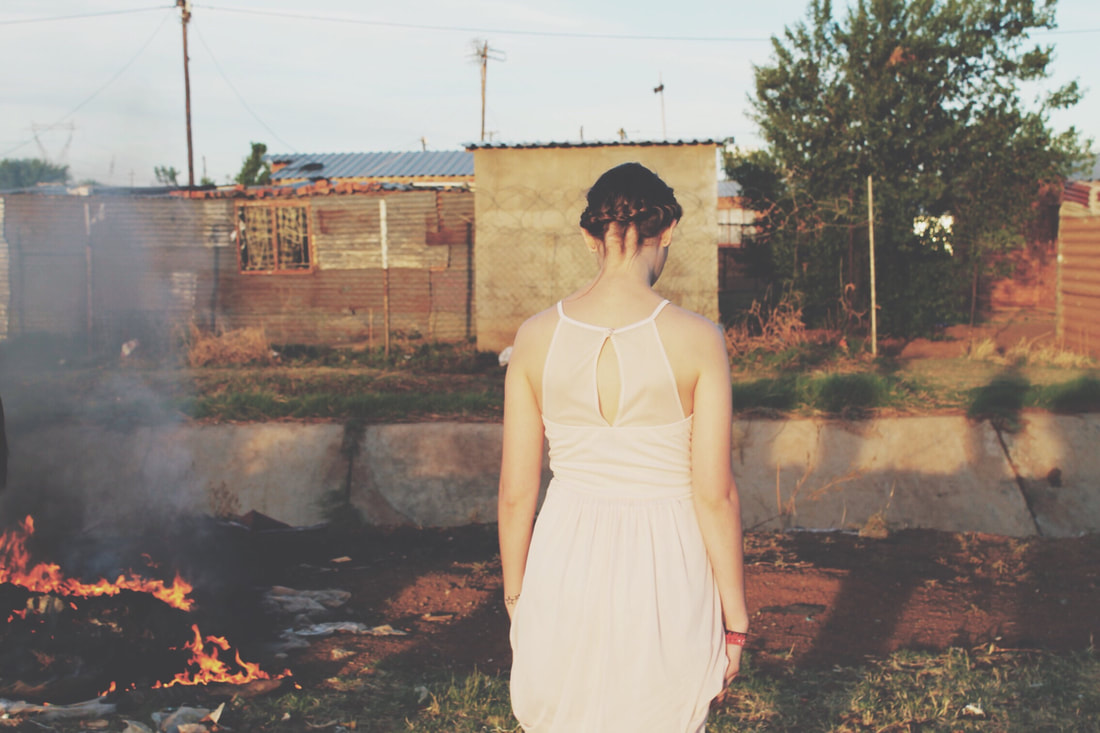



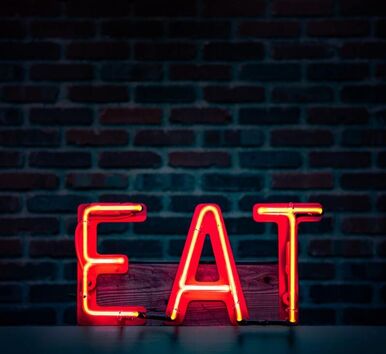
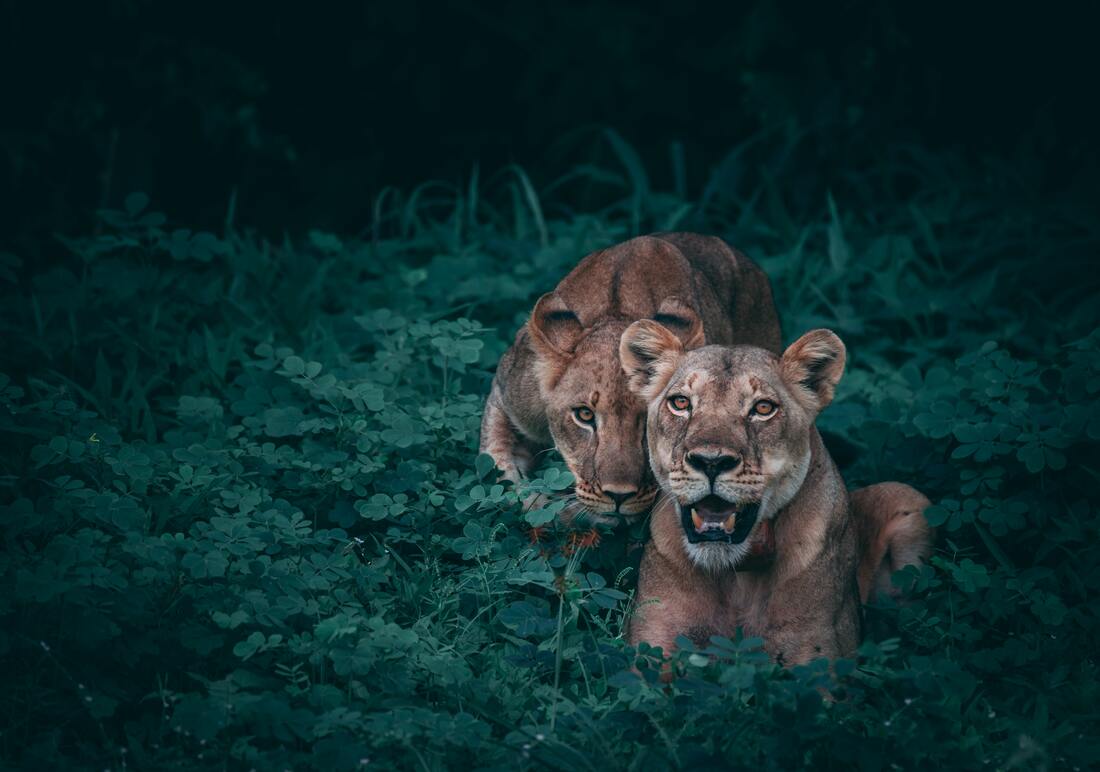

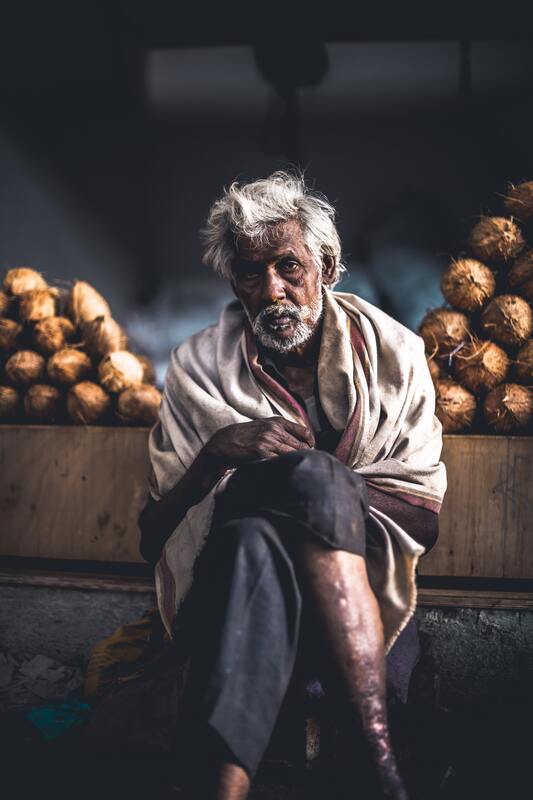
 RSS Feed
RSS Feed
